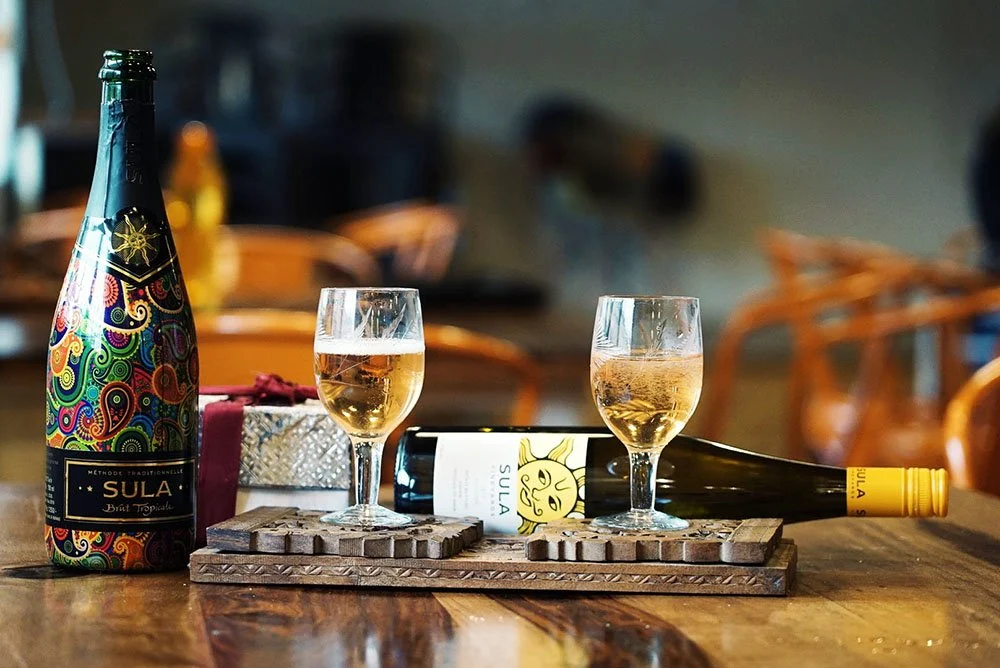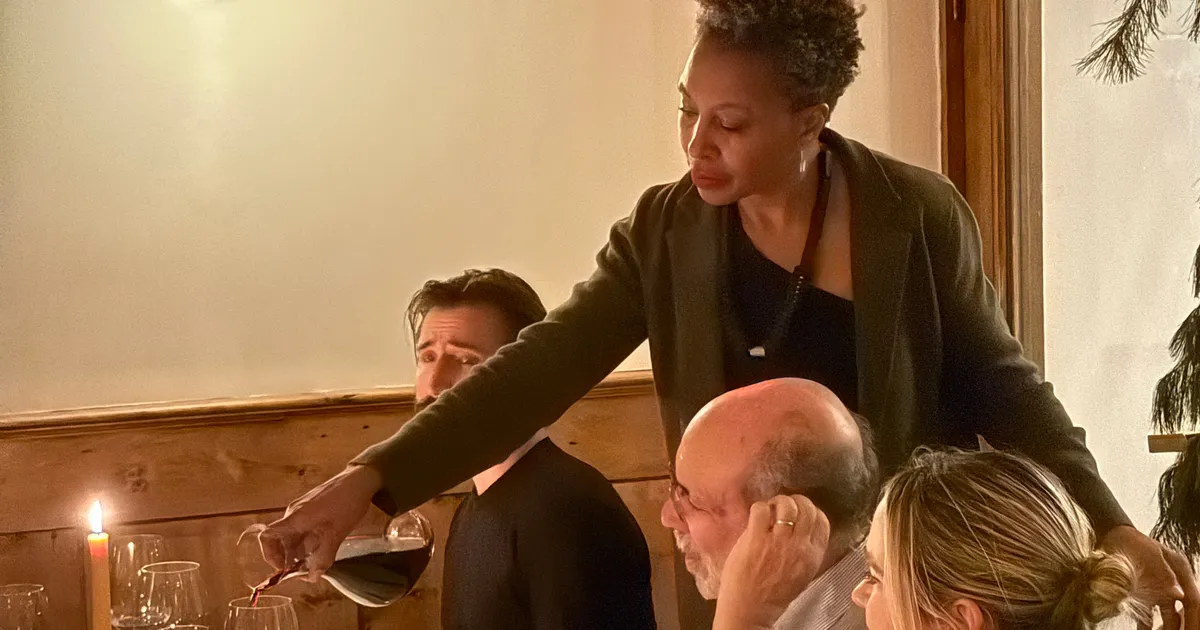The Indian sparkling wine market is experiencing an unprecedented transformation that’s capturing global attention. What was once considered a niche celebratory beverage is rapidly evolving into a sophisticated everyday luxury, driven by changing consumer preferences and rising disposable incomes. With the market valued at USD 3.70 billion in 2024 and projected to reach USD 6.00 billion by 2033, India represents one of the most promising frontiers for sparkling wine growth worldwide. This remarkable journey reflects not just changing drinking habits but a fundamental shift in how Indian consumers perceive and embrace premium alcoholic beverages.
The sparkling wine segment has grown by an impressive 45% since the pandemic, with value growth significantly outpacing volume, indicating a clear trend toward premiumization. As domestic producers gain recognition and international brands establish deeper roots in Indian soil, the future of Indian sparkling wine looks exceptionally bright.
Market Growth and Projections
The numbers tell a compelling story of exponential growth and untapped potential. India’s sparkling wine market is experiencing a remarkable compound annual growth rate of 4.90% during 2025-2033, with the wine industry valued at US$ 195.3 million in 2023 and expected to reach US$ 802.9 million by 2032. The sparkling wine segment specifically has shown even more impressive performance, with a 14% expansion between 2022 and 2023, while leading brands like Chandon have outpaced the market with 17% growth rates.
This growth trajectory is supported by India’s position in the Asian market, where it accounts for nearly 1% of the regional sparkling wine market size. The market registered a CAGR of 4.3% during 2018-23, with a notable 12% growth over 2022, demonstrating consistent upward momentum that shows no signs of slowing.
Consumer Behavior and Premiumization Trends
The evolution of Indian consumer preferences represents a fundamental shift from traditional drinking patterns. India, historically a whiskey-dominated market, is witnessing unprecedented changes as consumers, particularly millennials and young professionals, gravitate toward premium experiences. Rising disposable incomes among the middle and upper-middle-class segments are driving this transformation, with consumers increasingly willing to invest in sophisticated beverage experiences.
The premiumization trend is particularly evident in major metropolitan areas like Mumbai, Bangalore, Goa, and Delhi, where consumers have become more knowledgeable and discerning about wine varieties. Sparkling wine consumption has evolved beyond special occasions, with consumers now embracing these beverages for everyday moments and smaller celebrations, reflecting a broader cultural shift toward enjoying life’s finer pleasures.
Key Market Players and Innovation

The competitive features include both established international brands and emerging domestic producers. Sula Vineyards leads the market by volume, while international giants like LVMH Moët Hennessy, through their Chandon brand, have made significant investments in local production. Chandon’s Nashik winery represents one of LVMH’s most substantial investments in the Indian market, producing world-class sparkling wines that have helped put India on the global wine map.
Innovation remains crucial for market expansion, with companies introducing convenient packaging like 180ml bottles to cater to home consumption trends. The recent launch of limited-edition vintages, such as Chandon’s Vintage 2015 crafted from Nashik’s first harvest, demonstrates the industry’s commitment to quality and local terroir expression.
Challenges and Opportunities
Despite impressive growth, the industry faces several challenges that present opportunities for strategic development. Limited consumer awareness outside major cities, high import duties affecting pricing, and distribution challenges in tier-2 and tier-3 cities remain significant hurdles. The perception of sparkling wine as purely a luxury product rather than an accessible beverage category also limits broader market penetration.
However, these challenges are creating opportunities for targeted growth strategies. The surge in domestic tourism, with 677.63 million domestic tourist visits in 2021, has increased demand for premium beverages in hospitality sectors. Wine tourism and experiential marketing are becoming powerful tools for consumer education and brand building.
Future Outlook and Investment Potential
The future of Indian sparkling wine appears exceptionally promising, with multiple growth drivers converging to create a perfect storm of opportunity. The expanding retail and e-commerce accessibility, combined with regulatory support and heightened demand for celebratory beverages, positions the market for sustained growth. Investment opportunities are particularly attractive for producers offering high-quality products at competitive prices, especially those leveraging innovative marketing strategies and expanding distribution networks.
As India continues its economic growth trajectory and consumers become increasingly sophisticated in their beverage choices, sparkling wine is poised to transition from a niche luxury to a mainstream premium category, potentially making India one of the world’s most significant sparkling wine markets within the next decade.


